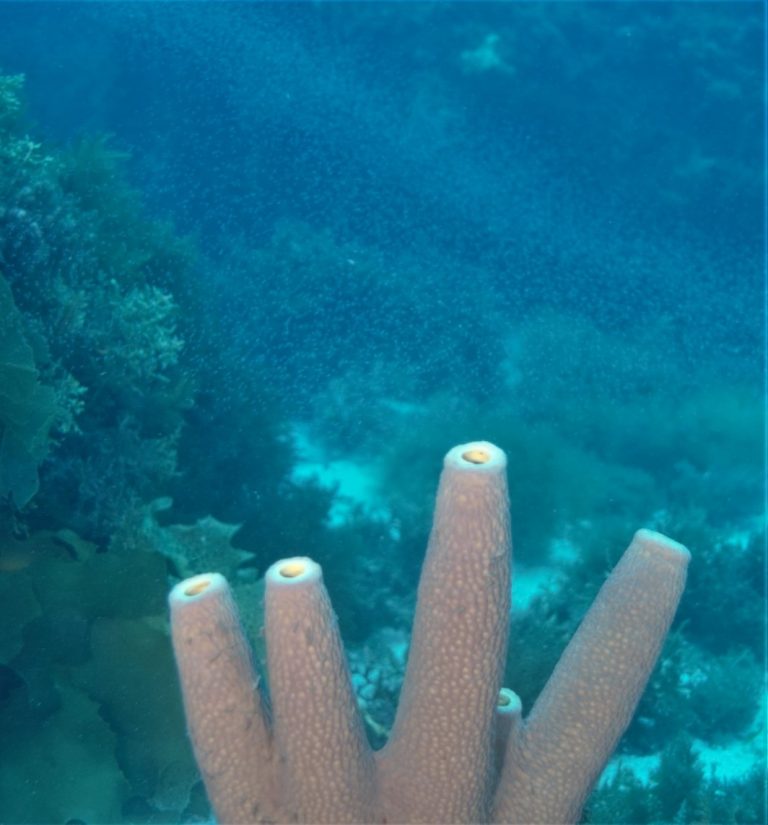

Moving carbon: They help in moving carbon from the water column to the seafloor where it can be eaten by bottom-dwelling invertebrates.Filtering water: They filter large quantities of water, capturing small food particles.Important ecological functions played by Sponges While most sponges are found in the ocean, numerous species are also found in fresh water and estuaries. Sponges are very simple creatures with no tissues. Homoscleromorpha(the rarest and simplest class, only recently recognized, with approximately 117 species)Ĭorals are complex, many-celled organisms.Demospongiae(the most diverse, containing 90 percent of all living sponges).


These so-called "sponge gardens." serve as shelter for a lot of other animals. These sponges also create tree-like, cup, and tube shapes, creating a forest-like structure. The sponge collects food and oxygen while also releasing waste which serves as food for other animals. Water can flow in and out of the sponge through these pores.Sea sponges feature a shell-like or glass exterior layer with small pores (ostia) that penetrate deep into the soft interior structure.They come in a variety of sizes, colours, and textures. Sea sponges are among the most basic multicellular organisms on the planet.Now, the latest research shows the most severe impacts on sponges occurred in areas where the marine heatwave was most intense. Good Practice - Examples & Case StudiesĮarlier this year, New Zealand recorded the largest-ever sponge bleaching event off its southern coastline.Workbook - Prelims/Mains Practice Questions.Mains Previous Year Question with Solutions New.GS Mains Test Series 2024 (Sectional+Mock).2 Year Integrated (Pre-Cum-Mains) Test Series 2025.1 Year Integrated (Pre-Cum-Mains) Test Series 2024.GS Analyst: Weekly Current Affairs Classes.

IAS Prelims Classes 2024 - PT SCORE New.GS Mains Classes 2024 (Basic to Advance).


 0 kommentar(er)
0 kommentar(er)
